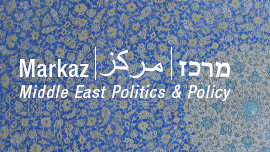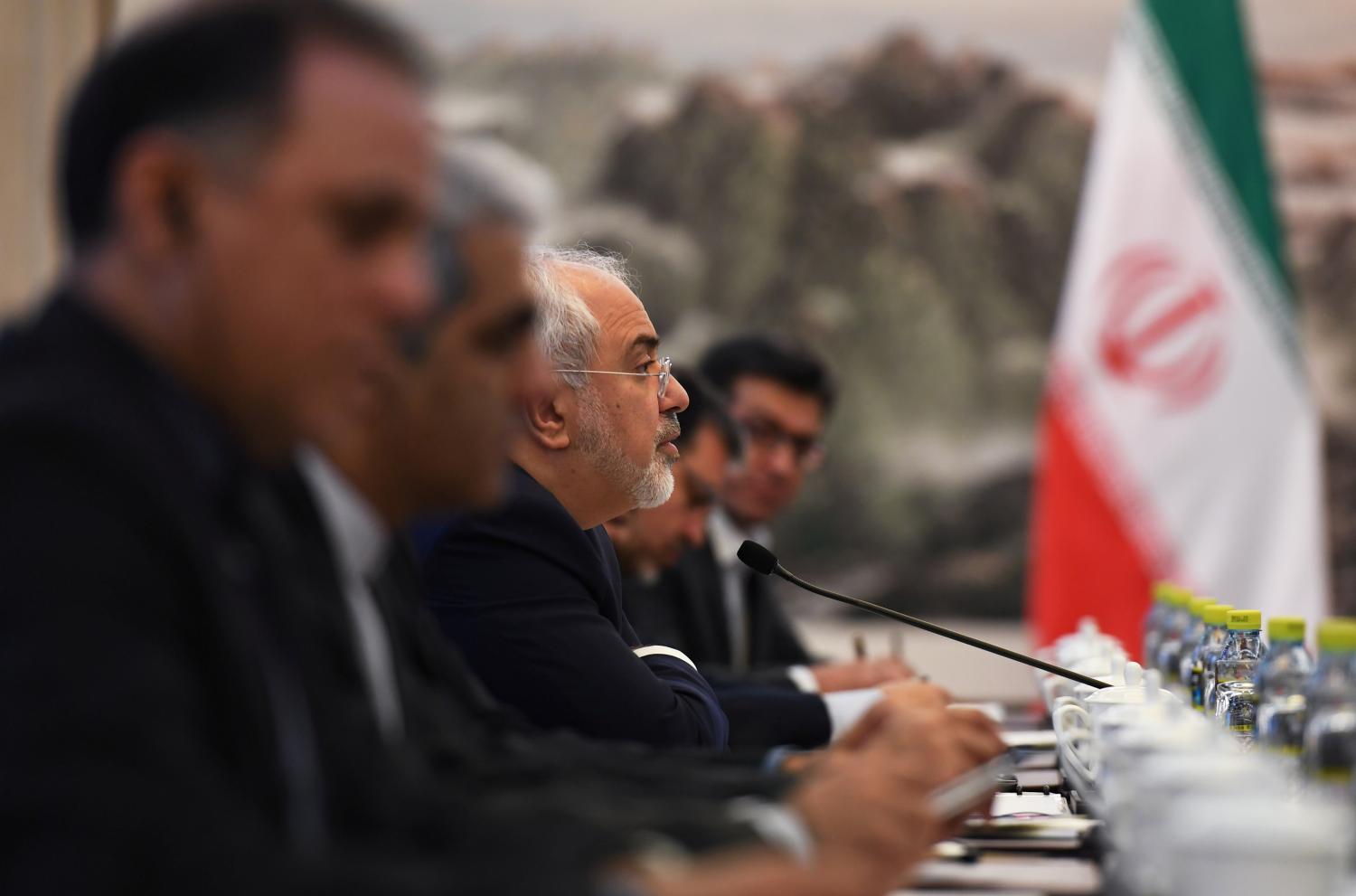Editor’s Note: We’re hosting a conversation on Markaz on the Iranian nuclear talks, debating the merits of a deal, as well as the broader issues at stake for the United States and the region.
Regardless of its concrete sequencing, sanction relief will constitute a key element of any final deal between Iran and the five permanent members of the Security Council plus Germany. But it is far from certain that the Iranian economy will actually benefit from sanction relief as it will not automatically translate into a change of behavior among private actors. Indeed, a continuing absence of foreign businesses would mean no increase in state revenue which could gradually undermine the willingness of the Iranian leadership to abide by the terms of a final deal.
So far, U.S. sanctions have played a crucial role in bringing Iran to the negotiating table. In addition to the far older primary sanctions which are directed at U.S. persons (a legal term including individuals, companies, and organizations), the administration and Congress weaved an increasingly close-meshed web of crippling secondary sanctions since 2010 that targeted the commercial activities of foreign companies in key sectors of the Iranian economy. These measures were indeed effective in generating immense economic pressure by cutting Iran’s oil revenue in half, severely depreciating its currency, and generating a soaring inflation.
Gaining relief from these secondary sanctions probably ranks fairly high among the determining factors underpinning the motivation of Iran’s leadership to now also agree on limits on their nuclear program as well as put in place enhanced transparency measures. The willingness of the Iranian Supreme Leader, Ali Khamenei, to enter a final deal under a Joint Comprehensive Plan of Action (JCPOA) by the end of June and uphold it during its life span, however, most likely depends on how exactly Iran’s concessions are matched with an easing of sanctions. But the current design of the U.S. sanction architecture creates two challenges for effective sanction relief.
Political Challenges
The first challenge is political and concerns the selection of those secondary sanctions that are to be lifted. Whereas imposing sanctions has been a relatively straightforward task for the U.S. government given the bipartisan consensus underpinning the coercive diplomacy toward Tehran, little agreement exists over how sanctions should be best employed as political incentives. Many members of Congress are deeply concerned about what Iran will do with the revenue generated from sanction relief at a time when the broader region is in turmoil. Moreover, they are highly skeptical about Iran’s commitments to abide by a final deal over the long-term. In addressing these worries, the U.S. administration committed to keeping the legal foundations of the sanction architecture intact to ensure that Iran could be punished through an immediate snap-back of sanctions in case of noncompliance. Additionally, President Obama made clear that only nuclear-related sanctions will be lifted in a phased process.
Currently, administration officials are at pains to untangle the overlapping objectives and offer their interpretation of which sanctions solely relate to the nuclear program and which relate to allegations about Iran’s support for terrorism, human rights abuses, and money laundering. The results of this review and the subsequent decision about which secondary sanctions the president will lift under a final deal, either by rescinding those imposed by executive order or waiving those mandated by legislation, will inevitably face a wide range of critics in Congress and among pundits. But against the backdrop of President Obama’s majority in both houses of Congress that could sustain a potential veto aimed at fending off congressional attempts at blocking sanction relief, the domestic political challenge sanctions relief faces can most probably be resolved.
Psychological Challenges
The second hurdle is primarily psychological and refers to the difficulty of ensuring that the Iranian economy actually benefits from sanction relief. As it appears, this is far more difficult to achieve considering the likeliness that foreign companies will still be reluctant to reenter the Iranian market under the threat of the remaining secondary sanctions. In fact, U.S. secondary sanctions target not only Iranian actors but even more important, they are also directed at the dealings of private third party actors. The administration has displayed a remarkable ability to effectively enforce U.S. sanctions in almost every corner of the world. It has done so by imposing harsh civil and criminal penalties for past violations while outsourcing the responsibility of ensuring compliance with U.S. sanction in the future to the companies themselves. They, in turn, are doing almost everything to avoid the risk of violating U.S. sanctions and incurring the at times draconian consequences that come with it.
Thus, many companies engage in an activity that is called de-risking and which refers to categorically refraining from any business dealings involving Iranian individuals and companies including those that are entirely legal because of the prospects of punishments in case of noncompliance and the associated damage to their reputation. This particular behavior of private actors poses a serious psychological challenge to sanction relief as it is the business activities of foreign companies that will generate the very economic benefits on which the success of sanction relief hinges in the first place. In stark contrast to its ability to impose and enforce sanctions, the U.S. government holds very little influence over changing the cost-benefit calculations of these private actors which have been scared away in recent years in the face of a seemingly impenetrable spider net of sanctions. While Treasury officials can try to reassure foreign companies by issuing public statements about legal transactions, they lack any power to actively “enforce” the lifting of sanctions. This will be further complicated as fostering uncertainty among market participants through elastic definitions that separate legal from illegal activities has been a key factor in U.S. coercive diplomacy toward Iran. Enabling effective sanction relief will thus require heavy lifting well beyond the end of June.
The Brookings Institution is committed to quality, independence, and impact.
We are supported by a diverse array of funders. In line with our values and policies, each Brookings publication represents the sole views of its author(s).





Commentary
Political and psychological challenges to sanctions relief
July 10, 2015